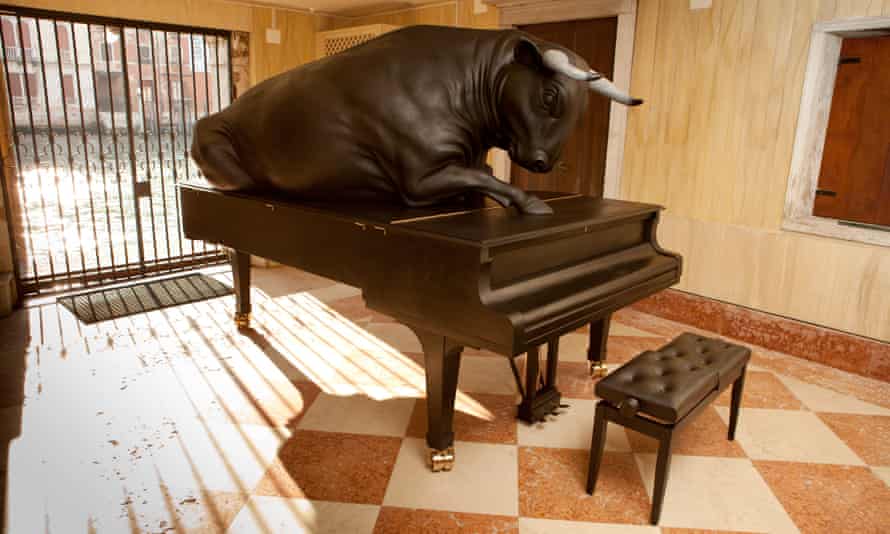New Zealand’s secondary art market is booming – now artists want a
This month New Zealand artist Ayesha Green watched in surprise as one of her artworks fetched $48,000 at auction – $29,000 more than she sold it for just a year earlier. The hammer price was sizeable for an artist who describes herself as somewhere between emerging and mid-career, and if the country had a resale royalty scheme for artists in place, Green would have taken home a healthy paycheque to put towards her practice.
But, like all local artists whose work sells at auction, Green gets nothing.
New Zealand’s secondary art market is booming. In mid-November, Auckland’s Art + Object, where Green’s work sold, generated over $15m in sales – the highest grossing art auction in New Zealand history. Another new record was set with artist Michael Parekōwhai’s A Peak in Darien selling for $2,051,900, becoming the most expensive artwork by any artist sold in a New Zealand auction.
New Zealand has toyed with the possibility of a resale royalty scheme, which pays a fee to artists when their work is sold on the secondary art market. It was introduced as an amendment to the Copyright Act in 2008 but was dropped when the government changed. Since then, 20 more countries have established a royalties scheme for artists, including Australia which entitles artists to 5% of the sale price of eligible artworks resold for $1,000 or more. If New Zealand had the same scheme, Green would have pocketed about $2,400.
Green, who is of both Ngāti Kahungunu and Kai Tahu tribal descent, has nothing against art auction houses, but said there was a wider issue at play.
“Being an artist in New Zealand is really difficult and artists are having to really fight for any type of money they can’t get and should rightly get. I believe there should be royalty.”

Auction houses should think about their responsibility as part of the “art ecology,” she said. “If artists can’t produce works, then [the auction houses] are going to stop having things to sell and they’ll just keep selling the same stuff again and again.”
‘Not outlandish, and not unusual’
“There is a desire from artists to see change,” Dane Mitchell, an artist and co-founder of the Equity for Artists collective says.
He recently established the collective alongside well-known artists Judy Darragh and Reuben Paterson, who is of Ngāti Rangitihi, Ngāi Tūhoe and Tūhourangi descent, to raise awareness for resale royalties, and the better implementation of copy-right licensing fees.
Establishing and maintaining a career as an artist in New Zealand can be difficult. Income is precarious and opportunities are scant. Green adds that if artists are not given more support, it could lead to a very narrow art movement.
A resale royalty is not intended to be a panacea, but would…
Read More: New Zealand’s secondary art market is booming – now artists want a
